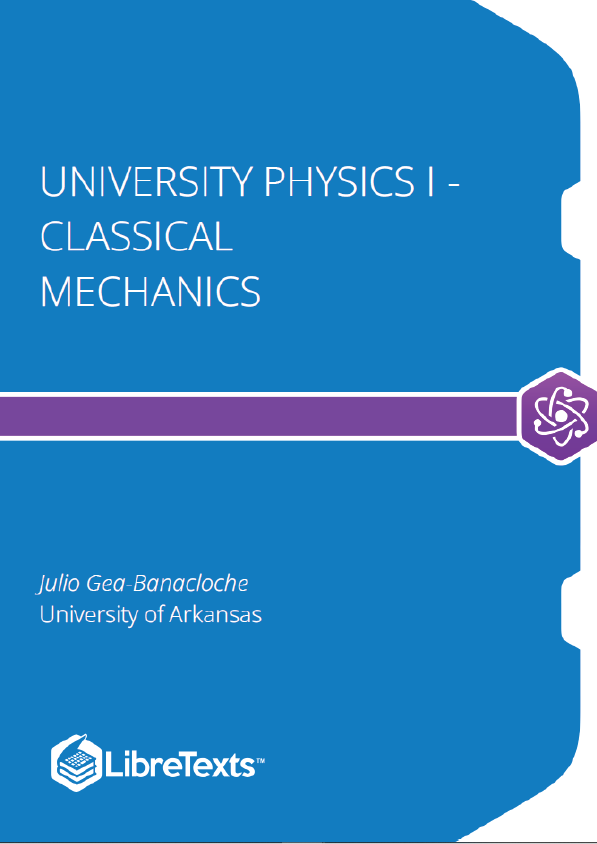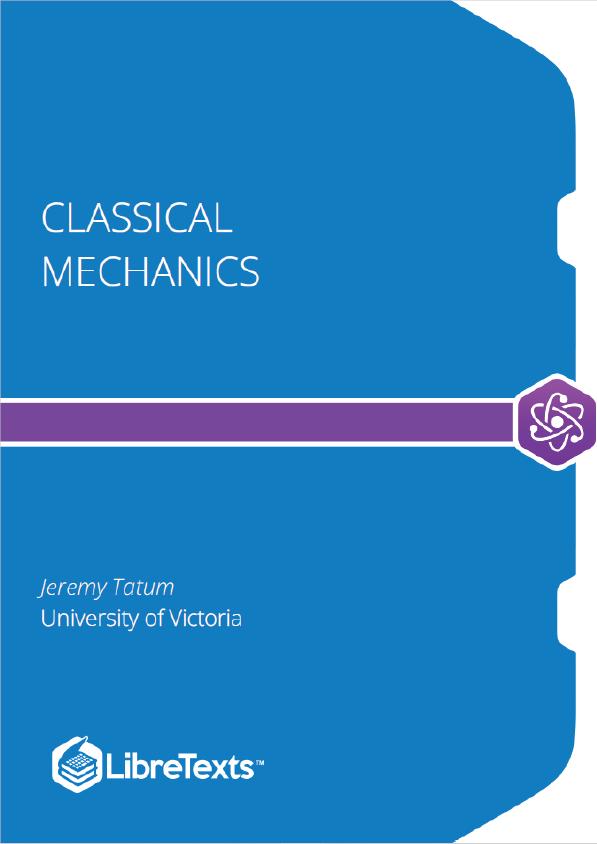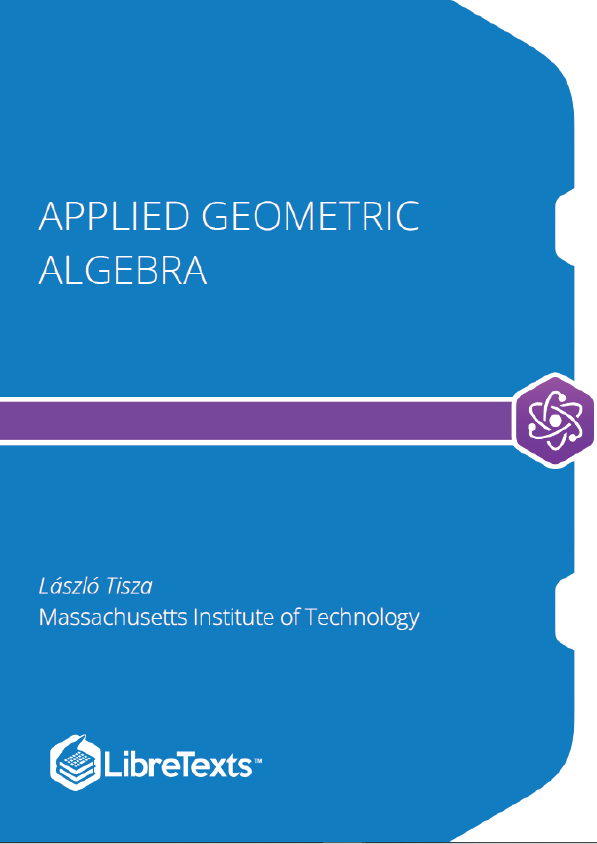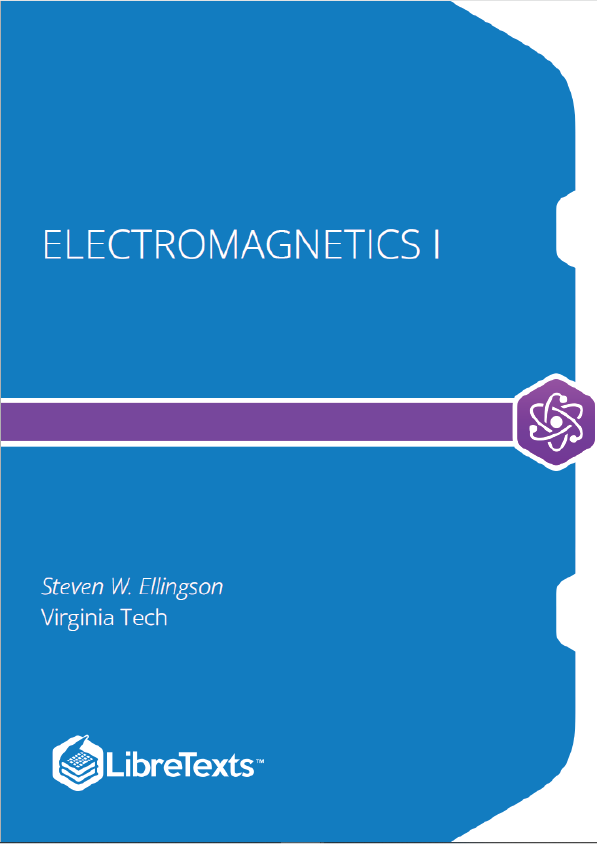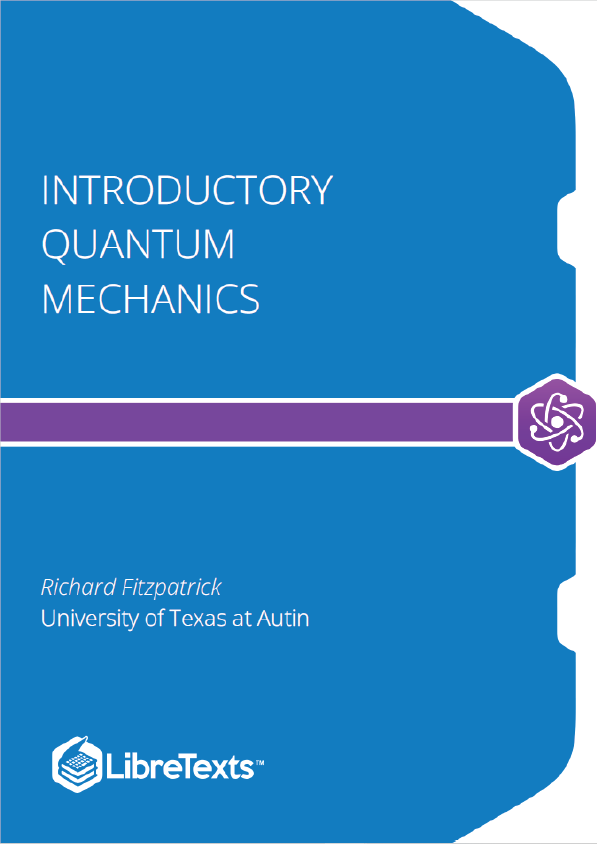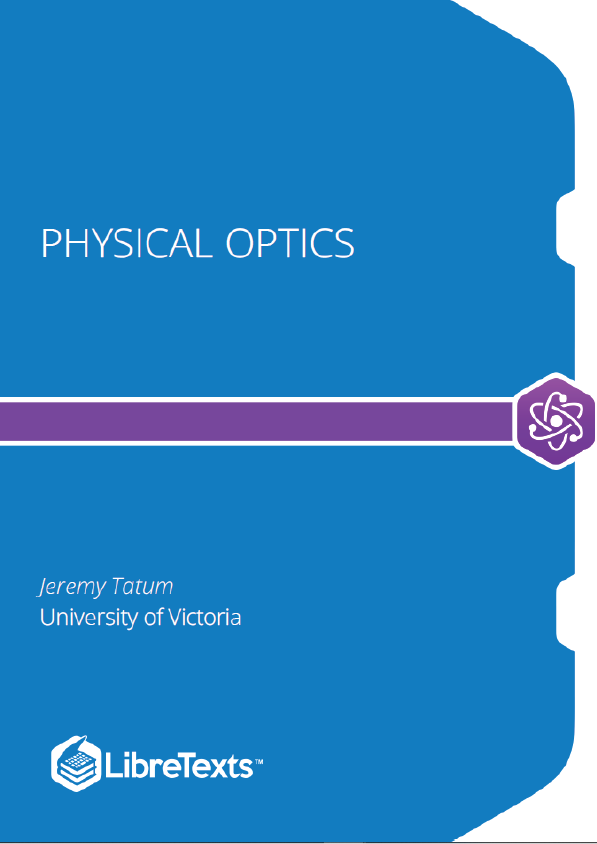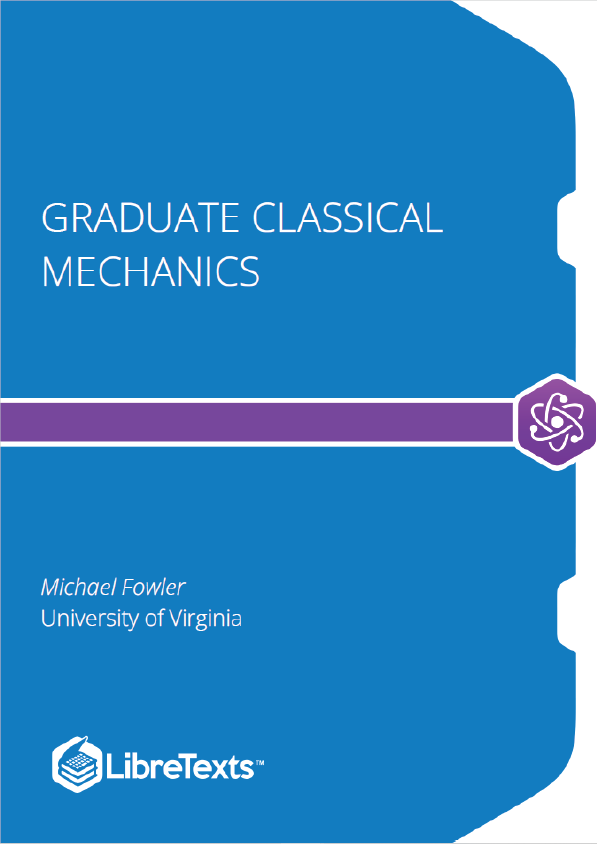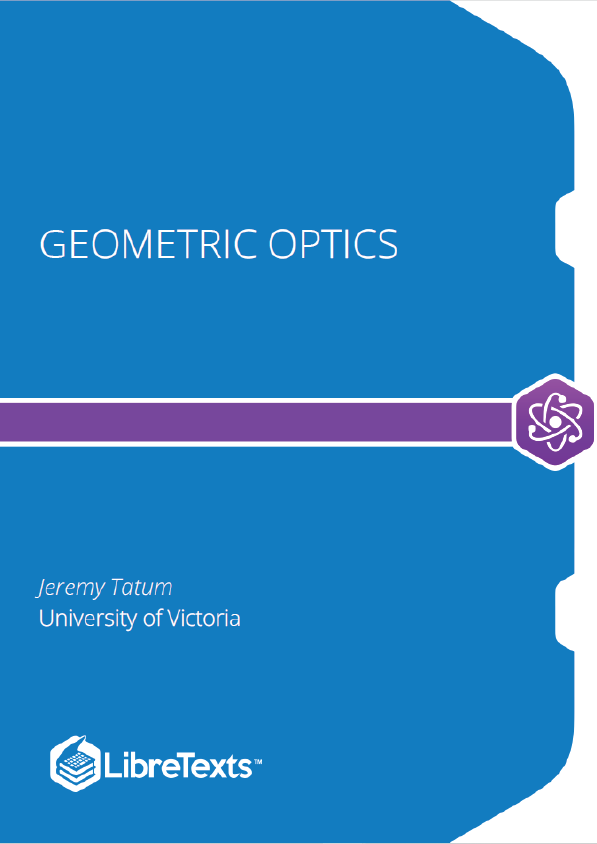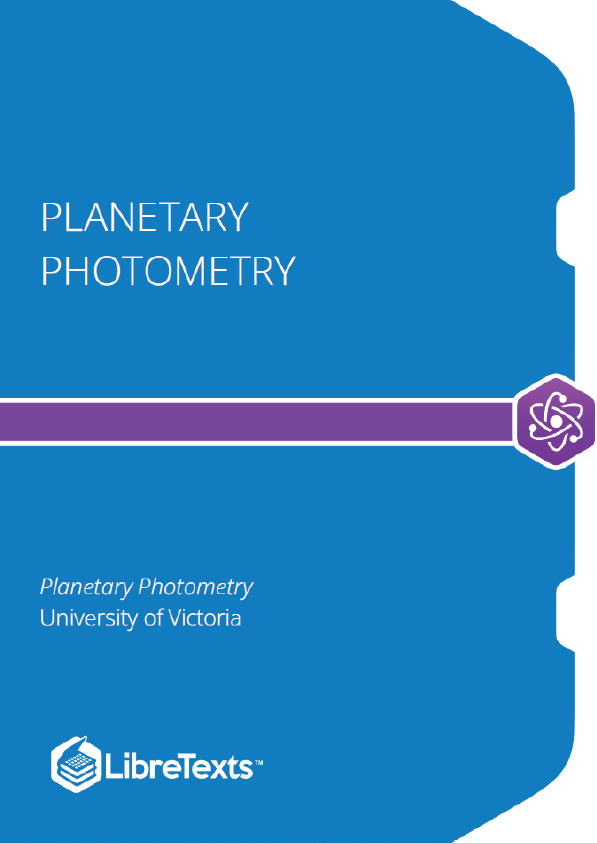This is a textbook for the first semester of University Physics for scientists and engineers. It covers classical mechanics, and a brief introduction to thermodynamics. The presentation and approach are similar to Mazur’s “The Principles and Practice of Physics,” in that conservation laws are introduced before forces, and one-dimensional systems thoroughly covered before moving to two dimensions. Although the course is “calculus based,” the book has been written with the understanding that many students may be taking calculus simultaneously as a corequisite, so the use of calculus is relatively sparse.
Classical mechanics is the branch of physics that deals with the study of the motion of anything (roughly speaking) larger than an atom or a molecule. That is a lot of territory, and the methods and concepts of classical mechanics are at the foundation of any branch of science or engineering that is concerned with the motion of anything from a star to an amoeba—fluids, rocks, animals, planets, and any and all kinds of machines. Moreover, even though the accurate description of processes at the atomic level requires the (formally very different) methods of quantum mechanics, at least three of the basic concepts of classical mechanics that we are going to study this semester, namely, momentum, energy, and angular momentum, carry over into quantum mechanics as well, with the last two playing, in fact, an essential role.
Particles in Classical Mechanics
In the study of motion, the most basic starting point is the concept of the position of an object. Clearly, if we want to describe accurately the position of a macroscopic object such as a car, we may need a lot of information, including the precise shape of the car, whether it is turned this way or that way, and so on; however, if all we want to know is how far the car is from Fort Smith or Fayetteville, we do not need any of that: we can just treat the car as a dot, or mathematical point, on the map—which is the way your GPS screen will show it, anyway. When we do this, we say that are describing the car (or whatever the macroscopic object may be) as a particle.
In classical mechanics, an “ideal” particle is an object with no appreciable size—a mathematical point. In one dimension (that is to say, along a straight line), its position can be specified just by giving a single number, the distance from some reference point, as we shall see in a moment (in three dimensions, of course, three numbers are required). In terms of energy (which is perhaps the most important concept in all of physics, and which we will introduce properly in due course), an ideal particle has only one kind of energy, what we will later call translational kinetic energy; it cannot have, for instance, rotational kinetic energy (since it has “no shape” for practical purposes), or any form of internal energy (elastic, thermal, etc.), since we assume it is too small to have any internal structure in the first place.
The reason this is a useful concept is not just that we can often treat extended objects as particles in an approximate way (like the car in the example above), but also, and most importantly, that if we want to be more precise in our calculations, we can always treat an extended object (mathematically) as a collection of “particles.” The physical properties of the object, such as its energy, momentum, rotational inertia, and so forth, can then be obtained by adding up the corresponding quantities for all the particles making up the object. Not only that, but the interactions between two extended objects can also be calculated by adding up the interactions between all the particles making up the two objects. This is how, once we know the form of the gravitational force between two particles (which is fairly simple, as we will see in Chapter 10), we can use that to calculate the force of gravity between a planet and its satellites, which can be fairly complicated in detail, depending, for instance, on the relative orientation of the planet and the satellite.
